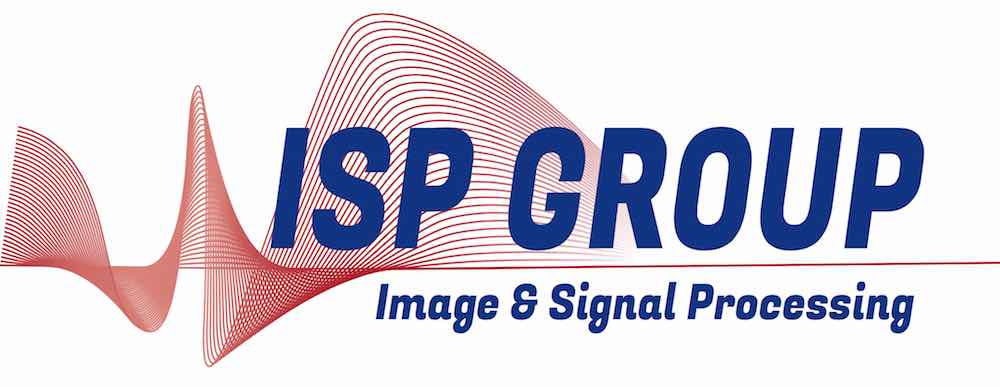Research
If you look for a specific category of research, you can browse the list of available categories
Randomly selected categories:
-
Compressive Lensless Speckle Imaging
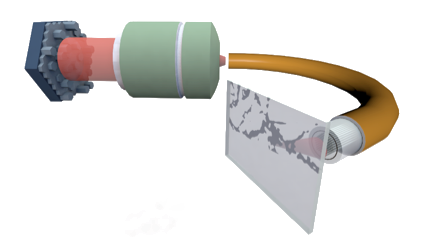 The lensless endoscope (LE) is a promising device to acquire _in vivo_ biological images at a cellular scale. In addition to its high resolution, the tiny size of the probe allows a deep exploration of the tissues. This research aims at exploring acquisition strategies inspired by the compressive sampling theory and relying on two key properties of the LE: (_i_) the ability to easily generate unstructured illumination patterns by randomly programming the spatial light modulator and (_ii_) the robustness of the fiber to spatial and temporal distortion allowing the use of fast galvanometer mirrors to shift light patterns.Feb 28, 2020
The lensless endoscope (LE) is a promising device to acquire _in vivo_ biological images at a cellular scale. In addition to its high resolution, the tiny size of the probe allows a deep exploration of the tissues. This research aims at exploring acquisition strategies inspired by the compressive sampling theory and relying on two key properties of the LE: (_i_) the ability to easily generate unstructured illumination patterns by randomly programming the spatial light modulator and (_ii_) the robustness of the fiber to spatial and temporal distortion allowing the use of fast galvanometer mirrors to shift light patterns.Feb 28, 2020 -
Compressive Learning
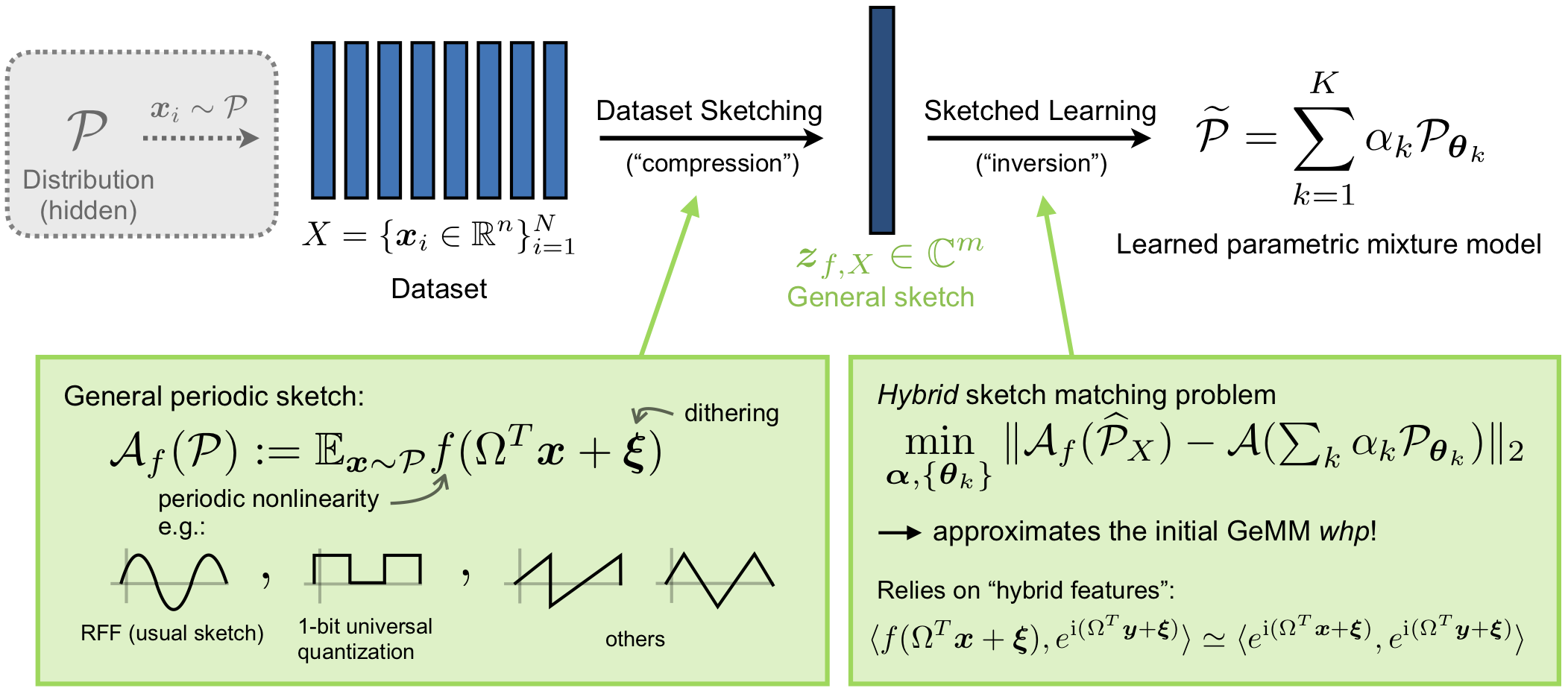 This is a collection of sub-projects gravitating around the field of Compressive (Statistical) Learning, a machine learning framework that uses inspiration from compressive sensing to relieve to computational load of learning from massive datasets.Jan 15, 2020
This is a collection of sub-projects gravitating around the field of Compressive (Statistical) Learning, a machine learning framework that uses inspiration from compressive sensing to relieve to computational load of learning from massive datasets.Jan 15, 2020
-
Deep learning for detection and analysis in team sport images
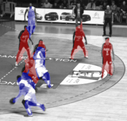 In the context of indoor team sport events, detection and characterization of objects of interest for game strategy analysis and autonomous production and broadcasting from Convolutional Neural Networks.Mar 25, 2019
In the context of indoor team sport events, detection and characterization of objects of interest for game strategy analysis and autonomous production and broadcasting from Convolutional Neural Networks.Mar 25, 2019 -
Target tracking for the automatic control of Pan Tilt Zoom cameras
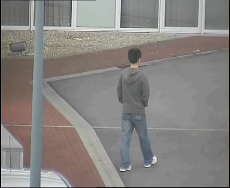 Capturing close-up video sequences of an object of interest evolving in a large field of view often requires to cover this field of view with tens of cameras. This is especially the case in surveillance and sport coverage contexts. The use of Pan-Tilt-Zoom cameras allows zooming and focusing on an object along its displacement with a single camera, but requires a sufficiently reliable feedback about the target position/trajectory from the image processing module in order to perform high quality automatic tracking.Mar 22, 2019
Capturing close-up video sequences of an object of interest evolving in a large field of view often requires to cover this field of view with tens of cameras. This is especially the case in surveillance and sport coverage contexts. The use of Pan-Tilt-Zoom cameras allows zooming and focusing on an object along its displacement with a single camera, but requires a sufficiently reliable feedback about the target position/trajectory from the image processing module in order to perform high quality automatic tracking.Mar 22, 2019
-
Online Convolutional Dictionary Learning for Multimodal Imaging:
 Computational imaging methods that can exploit multiple modalities have the potential to enhance the capabilities of traditional sensing systems. In this work, we propose a new method that reconstructs multimodal images from their linear measurements by exploiting redundancies across different modalities. Our method combines a convolutional group-sparse representation of images with TV regularization for high-quality multimodal imaging. We develop an online algorithm that enables the unsupervised learning of convolutional dictionaries on large-scale datasets that are typical in such applications.Oct 23, 2017
Computational imaging methods that can exploit multiple modalities have the potential to enhance the capabilities of traditional sensing systems. In this work, we propose a new method that reconstructs multimodal images from their linear measurements by exploiting redundancies across different modalities. Our method combines a convolutional group-sparse representation of images with TV regularization for high-quality multimodal imaging. We develop an online algorithm that enables the unsupervised learning of convolutional dictionaries on large-scale datasets that are typical in such applications.Oct 23, 2017 -
Bridging 1-bit and High-Resolution Quantized Compressed Sensing with QIHT
 In the framework of Quantized Compressed Sensing, we tried to bridge two extreme cases: 1-bit and high resolution quantization. The requirement of consistency of the reconstructed signal with quantized measurement led us to a new reconstruction algorithm called Quantized IHT (QIHT) that outperforms classical algorithms (IHT and BPDN) at low resolutions.Oct 23, 2017
In the framework of Quantized Compressed Sensing, we tried to bridge two extreme cases: 1-bit and high resolution quantization. The requirement of consistency of the reconstructed signal with quantized measurement led us to a new reconstruction algorithm called Quantized IHT (QIHT) that outperforms classical algorithms (IHT and BPDN) at low resolutions.Oct 23, 2017 -
Compressed Sensing and High Resolution Quantization
 Measurement quantization is a critical step in the design and in the dissemination of new technologies implementing the Compressed Sensing (CS) paradigm. Quantization is indeed mandatory for transmitting, storing and even processing any data sensed by a CS device.Sep 19, 2017
Measurement quantization is a critical step in the design and in the dissemination of new technologies implementing the Compressed Sensing (CS) paradigm. Quantization is indeed mandatory for transmitting, storing and even processing any data sensed by a CS device.Sep 19, 2017 -
Bilinear and Biconvex Inverse Problems for Computational Sensing Systems
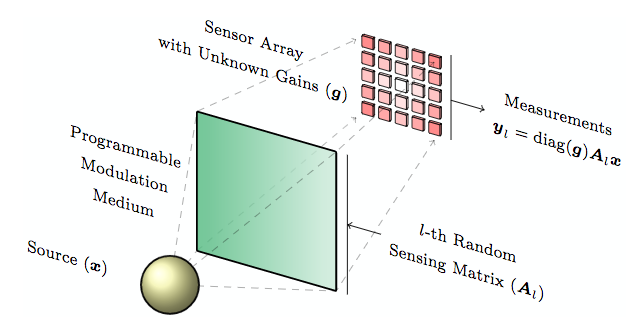 A research effort in the solution of blind calibration and deconvolution problems arising in compressive imaging.Sep 19, 2017
A research effort in the solution of blind calibration and deconvolution problems arising in compressive imaging.Sep 19, 2017 -
Adaptive Video Access and Personnalized Summarization
 Today’s media consumption evolves towards increased user-centric adaptation of contents, to meet the requirements of users having different expectations in terms of story-telling and heterogeneous constraints in terms of access devices. We propose personnalized summarization mechanisms, and adaptive streaming solutions to address this trend.Sep 19, 2017
Today’s media consumption evolves towards increased user-centric adaptation of contents, to meet the requirements of users having different expectations in terms of story-telling and heterogeneous constraints in terms of access devices. We propose personnalized summarization mechanisms, and adaptive streaming solutions to address this trend.Sep 19, 2017
